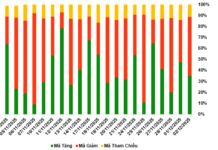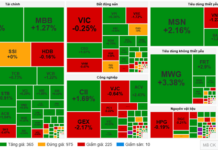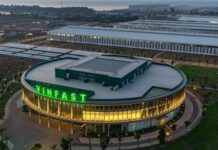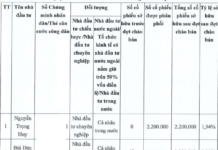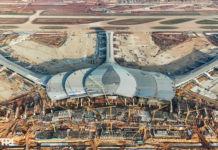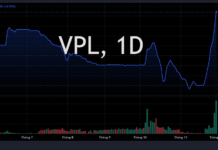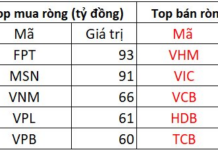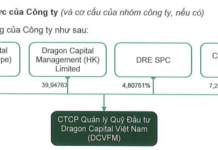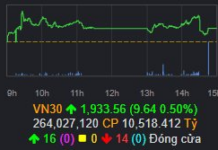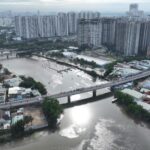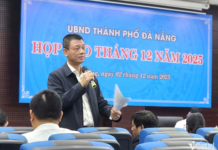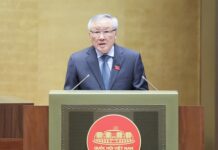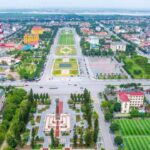As of November 2024, several key projects in Dong Nai province remain unfinished, falling short of expected progress. Despite the local government’s urgency, challenges related to land acquisition have caused delays, prompting concerned units to explore all possible solutions.
Land Acquisition Hurdles
One such project is Huong Lo 2, a provincial-level key route connecting National Highway 51 (Bien Hoa City) to the Ho Chi Minh City – Long Thanh – Dau Giay Expressway (Long Thanh District). With a total length of approximately 17 kilometers and an investment of 1,500 billion VND, this road is expected to reduce travel time between Dong Nai and Ho Chi Minh City and alleviate traffic congestion on National Highway 51.
The project, which broke ground in December 2020, was initially planned for completion after over 1.5 years of construction. However, delays in land handover have slowed down progress, and as of now, the full site has yet to be handed over.
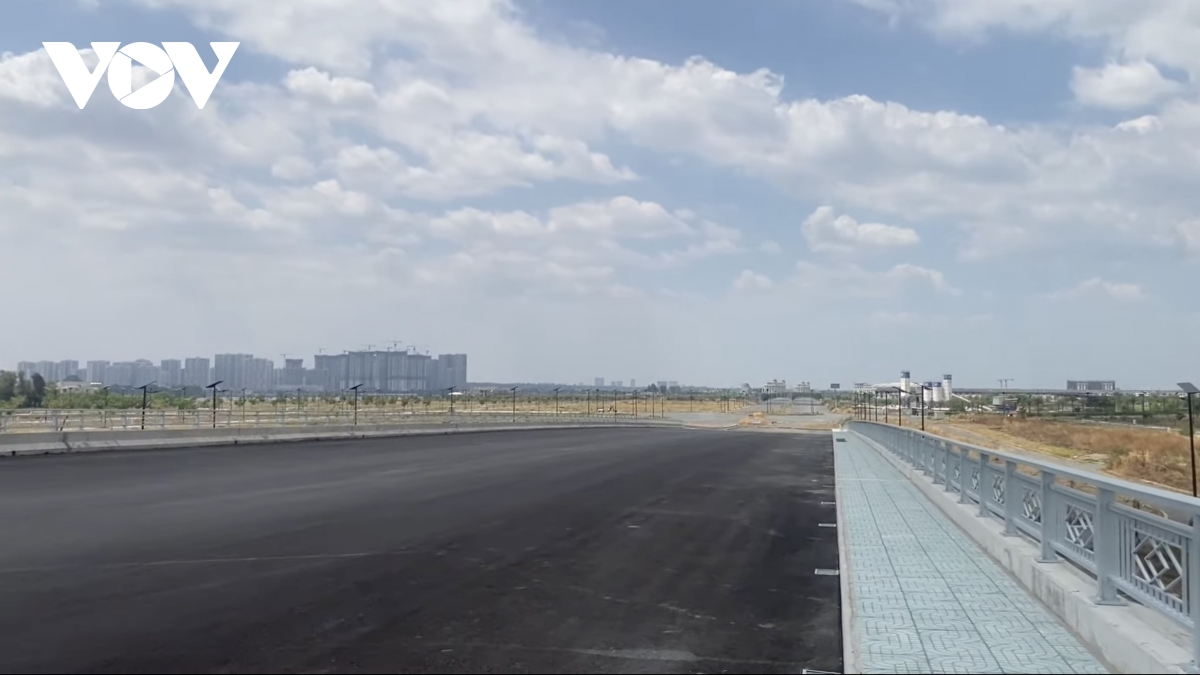
Vam Cai Sut Bridge on Huong Lo 2 is nearing completion of its main structure (Photo: Duy Phuong)
One of the notable structures along Huong Lo 2 is the Vam Cai Sut Bridge, with an investment of over 387 billion VND. Construction began in October 2020, with an expected completion time of 18 months. However, by early 2024, the bridge had only completed its main structure.
While the bridge is in the final stages of completion, it cannot be opened to traffic due to the lack of connecting roads.
Another key project facing delays is the road and embankment along the Dong Nai River, stretching from Bien Hoa City to Vinh Cuu District. With a length of approximately 5.2 kilometers and a total investment of nearly 2,000 billion VND, this project commenced in December 2021, and the road component was scheduled for completion and operation by June 2023.
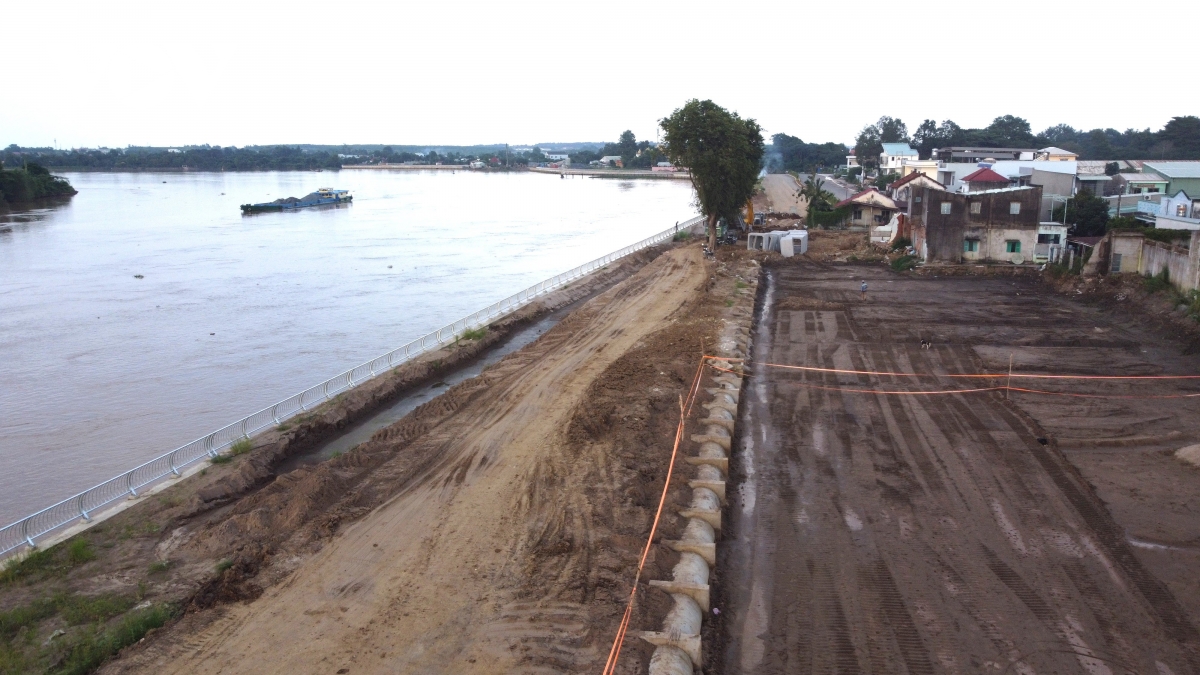
The Dong Nai River Embankment Road project is behind schedule (Photo: Duy Phuong)
However, construction has fallen behind schedule due to incomplete land acquisition. As of now, only over 65% of the roadwork has been completed, and more than 100 households within the project area are yet to relocate due to pending compensation approval or awaiting resettlement land allocation.
One of the affected residents, Ms. Thai Ngoc Manh, who has lived in the area for over 30 years, shared her concerns about the compensation she received for her house, which she believes is insufficient to find a new place to live. She appealed to the authorities to provide adequate land and reasonable compensation to enable affected residents to rebuild their homes.
Delayed Progress
Another project facing significant delays is the Bien Hoa City Center Road, with a total length of over 5.4 kilometers and an investment of over 1,500 billion VND. Construction began in late January 2023, but the project is now behind schedule by 500 days.
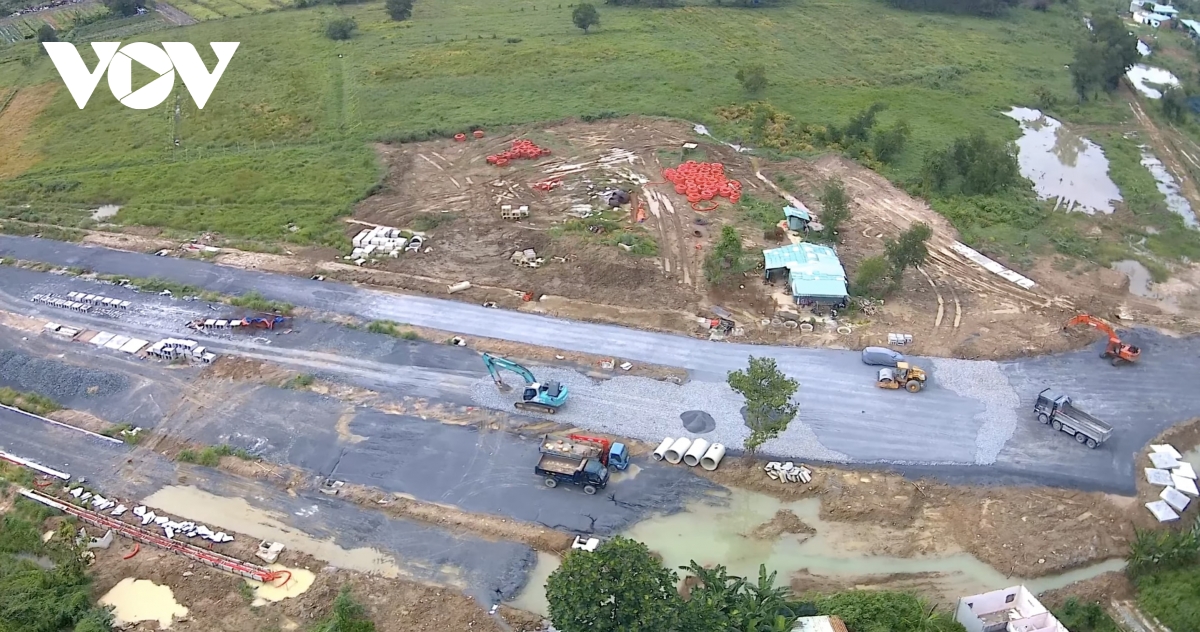
Bien Hoa City Center Road faces challenges with land acquisition (Photo: Duy Phuong)
Mr. Ngo The An, Director of the Project Management Unit for Transport Construction Works of Dong Nai Province, attributed the delays to the limited land handed over for the project. Additionally, the non-contiguous nature of the acquired land has hindered the simultaneous construction of various installation items.
Mr. An expressed his hope for the Bien Hoa City government to expedite the land acquisition process and ensure a more even pace of site handover to facilitate the project’s progress.
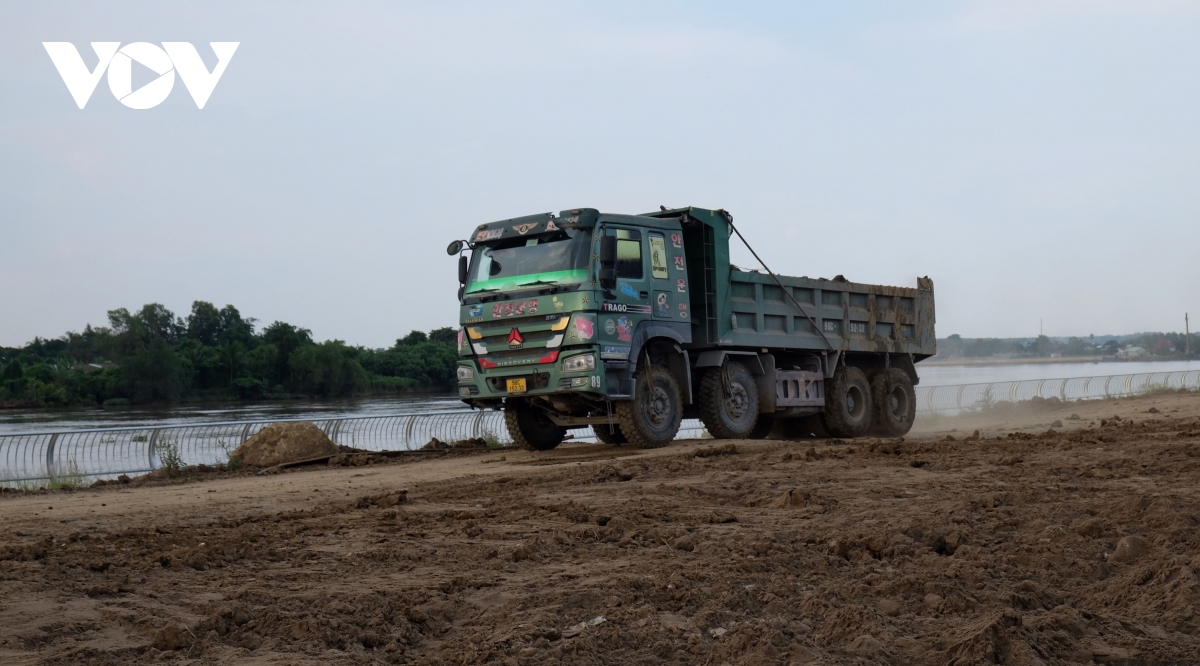
Incomplete land acquisition for the Dong Nai River Embankment Road project (Photo: Duy Phuong)
The road along the Cai River, with a length of nearly 4.6 kilometers and passing through five wards of Bien Hoa City, is another project facing similar challenges. While the road component was scheduled to commence in the second quarter of 2024, only about 30% of the total land area has been handed over, hindering the project’s initiation.
In addition to the road, the project includes the construction of five new bridges, but only two have received the required land so far. Mr. Mai Hoang Anh, representing the project’s construction unit, highlighted the challenges they face: “We are under pressure regarding the concentration of construction equipment and machinery. Currently, there is almost no feasible access road to the project site, and we have to rely on makeshift paths.”
To accelerate the implementation of these projects, Mr. Vo Tan Duc, Chairman of the Dong Nai Provincial People’s Committee, has instructed relevant units to study compensation and land acquisition policies and advise the provincial leadership on procedures and processes that can be applied province-wide.
Additionally, the People’s Committees of the districts and the city have been tasked with reviewing local planning and budgets to propose the development of resettlement areas to accommodate those affected by the projects.
Dong Nai province is currently implementing five provincial-level key projects: the road connecting to Phuoc An Port, Huong Lo 2, Bien Hoa City Center Road, the road and embankment along the Dong Nai River, and the road along the Cai River.
Among these, only the road connecting to Phuoc An Port is on schedule. The other projects have failed to meet their planned progress.
Regarding national-level key projects, three are underway: Long Thanh Airport, Bien Hoa – Vung Tau Expressway, and Ho Chi Minh City’s Ring Road 3.
Unlocking Southern Escape: A Half-Trillion Dong Investment to the Rescue
The Rach Dia Bridge, connecting District 7 and Nha Be District in Ho Chi Minh City, officially opened to traffic this morning, November 28, a month ahead of schedule. This infrastructure project is set to improve the traffic situation in the area, reduce congestion, and boost socioeconomic development in southern Ho Chi Minh City.
The Race to Streamline: A Thousand Redundant Officials as Vietnam’s Most Populous Locale Slashes 39 Wards in Just One Month
The city is meticulous in its planning, ensuring that the day-to-day lives and business operations of its citizens and organizations are not disrupted.
The Ultimate Guide to the Disappearance of Affordable Housing in Southern Vietnam: Unveiling the Mystery of the $43,000 – $86,000 Apartments
In just a 6-year span (from 2018 to 2024), the Ho Chi Minh City market witnessed the official “extinction” of apartments priced at 1-2 billion VND. Soon, apartments priced at 3 billion VND will also be a thing of the past. In the next few years, the neighboring apartment markets of Binh Duong and Dong Nai are expected to follow a similar trajectory as Ho Chi Minh City’s current situation.

